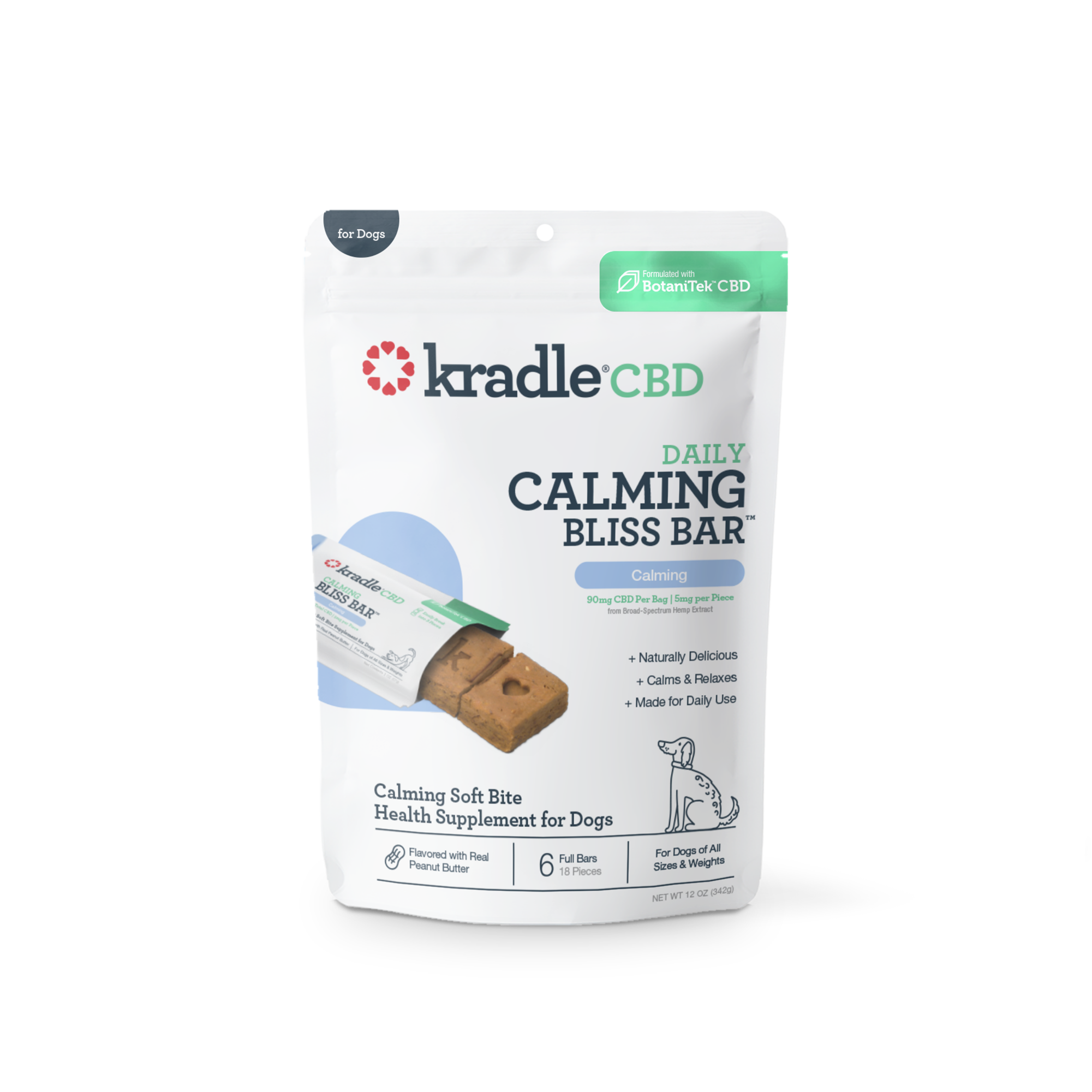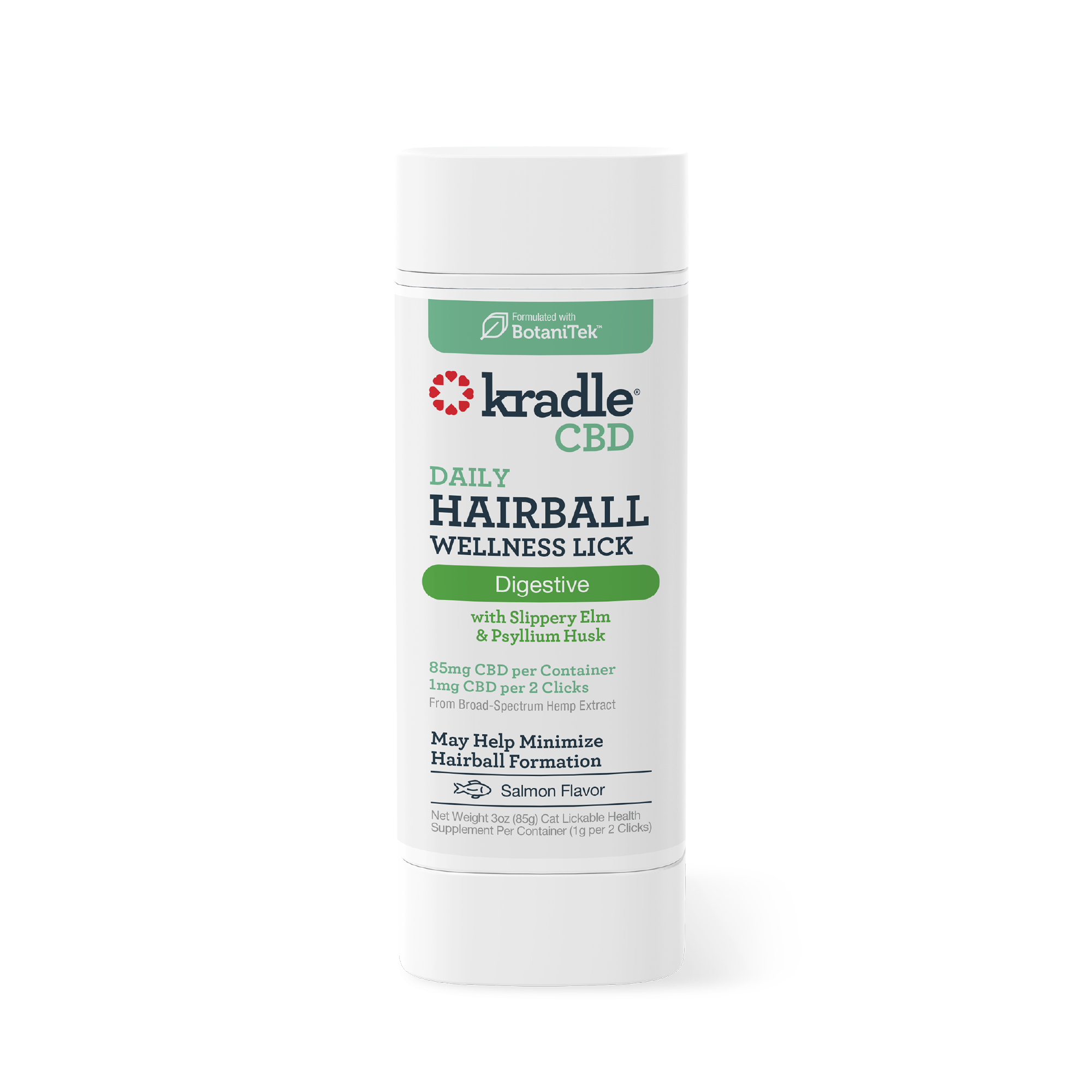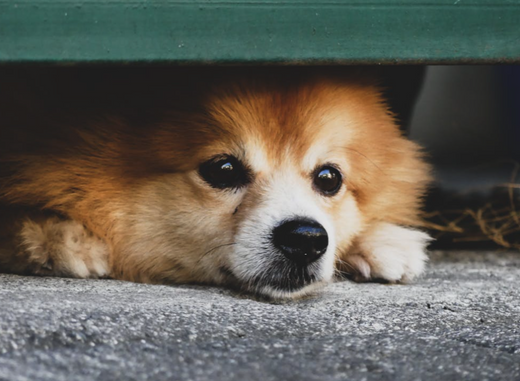
Storm Safety and Stress Tips for You and Your Pup
If you were ever afraid of thunderstorms as a child, you probably have a good idea of how your pup feels when thunder or lightning strikes. Storms are known to trigger a stress response in dogs, which can leave them feeling anxious and uneasy. Not only does the actual weather event cause dog thunderstorm anxiety, but pups are also able to sense an impending storm much earlier than humans can. This can cause them to act fretful even before the bad weather hits.
Whether you're concerned about how your pup will handle an upcoming thunderstorm, hurricane or tornado, we're here to help you ease your canine's nerves. These tried-and-true tips will help minimize dog storm anxiety while training your pet to handle inclement weather better. Here's what you need to know about how to calm a dog during a storm at night.
Comprehensive Guide to Dog Storm Safety and Stress
Management
Preparing your dog for the next storm can help give peace of mind to both you and your pet. To help your dog cope with inclement weather, we've put together a complete guide on how to calm a dog during a thunderstorm. These tips and strategies will guide you through each phase of the storm. Here are some of the most important points to keep in mind.
Preparing for the Storm
If you're wondering, "Can dogs sense storms?" the answer is a resounding yes. Dogs are especially sensitive to the pressure changes in the atmosphere that precede a storm. They also strongly detect low-frequency noises, which are commonly associated with thunderstorms. These heightened senses can lead to anxiety. That's why it's crucial to have easy access to a storm preparedness kit.
While there are numerous types of items you can include in your kit, make sure that you have the basics, like food, water and medication. It's also a good idea to include comfort items for both you and your pet so that you both have something familiar to latch onto. Before the storm, be sure to designate one or more safe spaces for your pet. These areas will help your pup feel comfortable once the storm begins.
During the Storm
While the storm is happening, it's important to keep both yourself and your dog calm. Dogs have a strong perception of how their owners are feeling, so if you come off as stressed or anxious, your pup will pick up on it. Try to practice deep breathing or engage in other relaxing activities to stay calm.
If your dog seems nervous or uneasy, put on some soothing music for them. You can also offer them their favorite treat as a welcome distraction from the weather. Another effective option is to put a thunder shirt on your dog. Thunder shirts are lightweight pressure wraps that are enclosed around your pet's chest and abdomen, creating a similar sensation to a hug. When you help your pet associate this feeling of comfort with storms, they won't react so negatively to them anymore.
Post-Storm Recovery
Once the storm is over, take the time to thoroughly check your home for any signs of damage. These may include structural flaws like a cracked or warped roof, or they might include damage that affects the interior of your home, like flooding or standing water. No matter what type of issue you're dealing with, whether it's a persistent water leak or damaged shingles, no signs of harm should be ignored. Make sure to also confirm that both you and your pet are safe from any storm-related damage.
Dogs thrive on routine, so it's crucial to reestablish normalcy and order after the storm ends. This will help put your dog at ease again and melt away any lingering stress or anxiety. Once everything has returned to normal, this will signal to your dog that there's nothing to be afraid of anymore, which can help calm their nerves.
Additional Tips for Pup Stress Management
Relieving your dog's stress immediately after the storm is crucial. However, it's more effective to have a long-term strategy for dog thunderstorm anxiety. Desensitization training can help your dog become acclimated to the loud noises and flashing lights associated with storms. It's best to do this in a safe, comfortable environment so that your pet gradually becomes accustomed to these scary stimuli.
Moreover, it's important to keep your pet active on a regular basis. Exercise helps your pup manage anxiety more effectively and promotes confidence. In addition, it can help prevent common behavioral problems associated with stress, such as excessive barking and aggression. You may also want to incorporate certain supplementary tools into your stress management strategy, such as calming treats, pheromone diffusers and thunder jackets.
Be sure to experiment with different calming tools and products to see what works best for your dog. It can take a bit of trial and error to find the perfect fit, so remember to be patient with your pup.
Guiding Your Dog Through Storms With Confidence
Thunderstorms can be stressful for both you and your pet. Between all the loud noises and bright lights associated with these weather events, it's easy to see how your ultra-perceptive furry friend has such a strong reaction to them. You might simply accept your dog's fear of storms, but there's a better way to cope. Even if it takes time, learning progressive stress management can make a world of a difference in the long run.
By learning how to calm a dog during a storm at night, you can replace uncertainty and stress with confidence and peace of mind. It's crucial to have a preparedness plan in place, to be your pup's guiding light during the storm and to return to your normal routine after the storm.
Kradle's wide array of calming pet products are designed specifically with anxious dogs in mind. From our Quick Calm Melts to our All-Day Calming Bone, you can easily find a solution tailored to your pup's needs.








